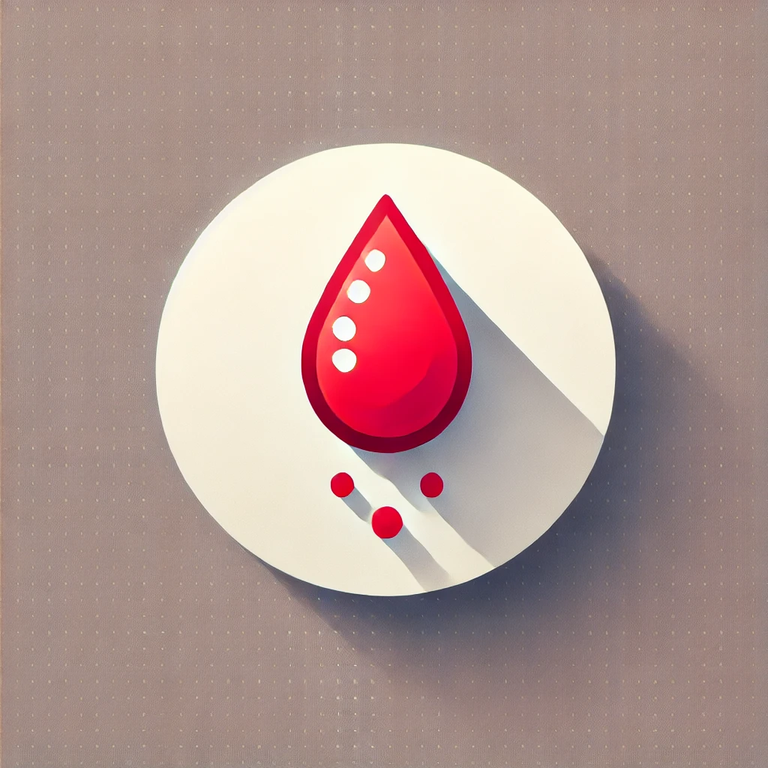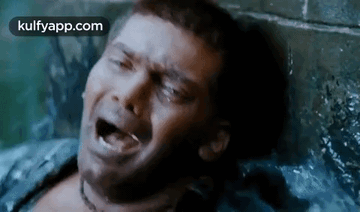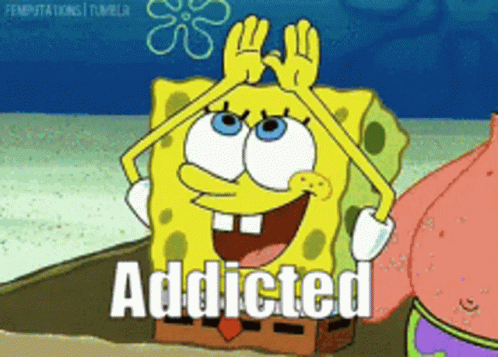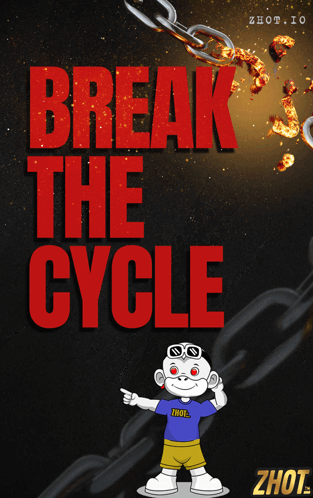 [AI generated.]
[AI generated.]
"you are bleeding"
John's mother was pointing to his arm that was now covered in blood. She was horrified and extremely concerned for her 12yr old boy whose behaviour has been odd lately. She had tried to talk to him but she just could not understand what was going on with him.
"What happened to you John?"
John pretended that he did not hear what she said.
His mother looked at him and held him by the hand to examine the injury and find out what it was. She decided not to use the military approach anymore.
You know you can talk to me, I am your mother. Please tell me what is going on.
John looked down, with one foot fiddling with the other he mumbled something inaudibly. His mother, really eager to know what he said replied...
I didn't get what you said.
I hurt myself...
John finally spoke in a tone that was loud enough for his mother to hear, but so soft that her heart broke in two.
She was trying to hold back the tears that were streaming down her eyes when she asked the obvious question, the most difficult question to answer for anyone in John's shoes...
Why?
What is Self Harm?

Self harm is a coping mechanism that is employed by people who are going through negative events or emotions but do not have the capacity or knowledge on how to handle their feelings in a healthy way. It is also known as Non-Suicidal Self Injury(NSSI), because the person involved, inflicts intentional pain or injury on themselves but without the intent of killing themselves.
Some describe it as a means to escape the pain in the moment. However it is described, one thing is certain, it is a complex issue and it affects people of all ages, although it is more common in adolescents and young adults.
To fully understand self harm, I think it is important to examine what goes on in the brain both psychologically and neurochemically.
Emotional Dysregulation

Individuals who experience self harm struggle to manage overwhelming emotions like anger, anxiety, sadness or shame. They are unable to make use of healthy coping mechanisms in dealing with the feelings they have and they get to see self harm as the only means of emotional release or distraction from the pain/feeling.
During the periods of stress and tension, the person's mind becomes narrowed and solely concentrated on the emotional pain and how to end it. This narrow mindedness clouds rational thinking and in the heat of the moment, self harm would be seen as the only escape. Some have described it as a feeling of being trapped behind a door with self harm being the only key they can see to open the door and step out.
Negative Self Schema(image)

People who hurt themselves have been known to be deeply self critical. That means that they have very deep negative beliefs about themselves. They feel worthless, guilty, unlovable, undeserving and self harm can be seen as a way that they punish themselves in other to validate that negative self-image.
This can be manifested in negative rumination and constantly thinking about negative thoughts about themselves. They create a vicious cycle which helps to strengthen the urge to self harm.
Through repeated activity, the brain learns to associate self harm with a short term reduction in emotional stress, and the anticipation of this relief makes the person likely to continue the action as a means to gain control over the emotions in times of distress.
Using pain to fight pain.

Anxiety, sadness, depression are all emotional forms of pain. This is because they activate the pain center in the brain. When the body experiences pain, it releases some chemicals called "Endorphins", which are the natural pain killers of the body. They tend to help create a sense of euphoria in other to provide relief for the pain.
When the pain, or the source of the pain is chronic-meaning that it stays for a very long time, the body becomes used to the pain such that it would take another kind of pain to release those chemicals again.
A person with self harm feels a temporary relief from pain and distress because every time they hurt themselves, the body releases a bit of these chemicals to help create a sense of relief. This feeling of relief, because it is temporary reinforces the habit of self harm, because the individual would always be looking for that feeling as a way to escape from the emotional pain that the person is going through.
in addition to "endorphins", inflicting self harm is known to activate the dopamine system of the brain. This is the part of the brain that is responsible for reward and creating a sense of gratification when there is an exercise of control over the painful emotional feeling.
The Addiction.

The problem with self harm is that it is a rewarding behaviour for those who practice it, and much like being cocaine and heroin, it is easy to get addicted to self harm. This is because it affects the same systems that are responsible for rewards in the brain
This creates something known as a cycle that is most times quite difficult to break from.
A stressful event or negative thought triggers emotional pain, the individual becomes focused on the emotional pain and self harm is seen as the only solution.
This leads the individual to injure himself, an act that releases endorphins and dopamine in response, which provides a temporary relief and control over the emotional pain.
This relief dies out and the emotional pain comes back, because self harm ever addresses the fundamental issue causing the emotional pain in the first place.
This leads the individual to go back to self harm.
Breaking the Cycle

Therapy has been found to help people with self harm develop novel ways to cope with their stress that is healthy. It works by rewiring the brain in such a way that their thoughts are no longer focused on the pain.
There are various forms of therapy including Cognitive behavioral therapy and dialectical behavioural therapy.
Some people would benefit from mindfulness and relaxation techniques to help lower their stress levels, while some others can benefit from medications when things get too bad.
Conclusion
The act of self harm may provide temporary relief, but it creates a cycle that eventually reinforces the negative thoughts that caused it. Understanding it and the changes that happen in the brain can be important for finding the best ways to help someone who is hurting in such a way.
If you or someone you know is struggling with self harm, it is important to seek professional help. Break the cycle.
Thanks for reading.

I am Covenant, a Medical Doctor with a passion for holistic medicine-( fancy word for treating a patient as an individual and not just addressing their symptoms).
My focus lies in the deep connection between mental health and overall wellbeing, and I create content across various medical topics with an emphasis on mental health. Follow me for insights into holistic medicine and approaches to health and wellness.